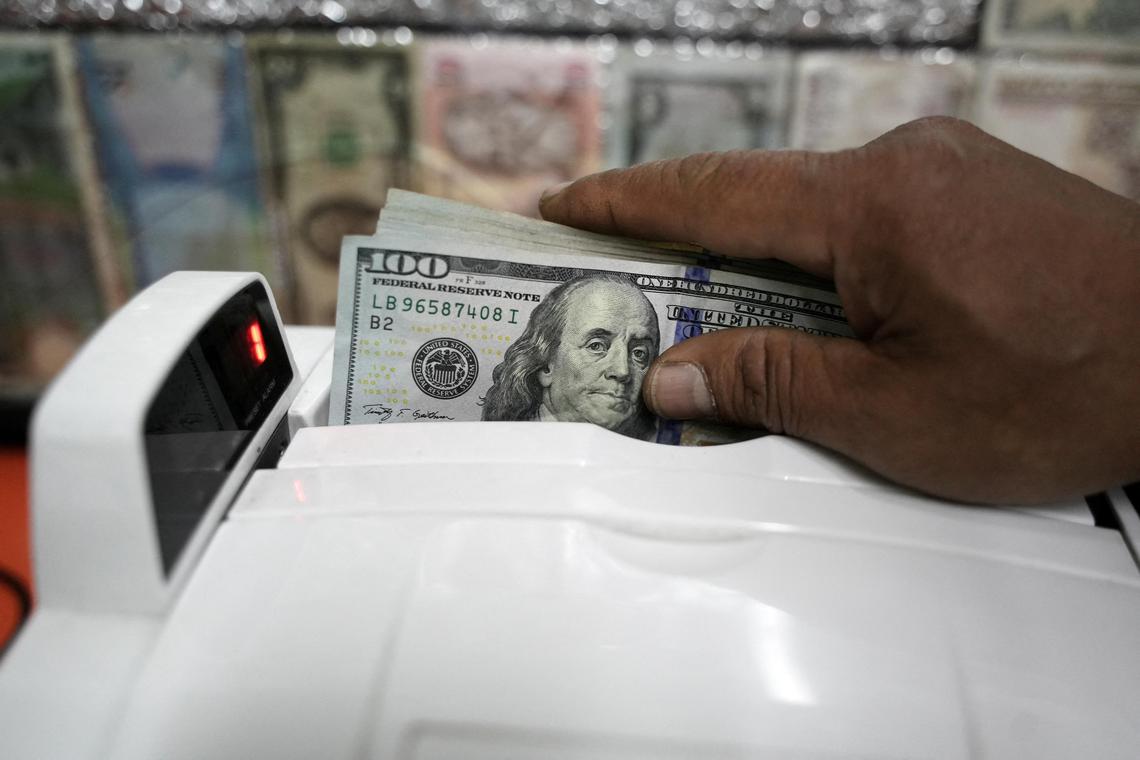US tariffs: What impacts on the US dollar?
Even if some of the uncertainty related to the US’s erratic tariff policy starts to ease off, there are still the economic impacts of tariffs to consider and, these are not good for the US dollar.

Tariffs are likely to mean weaker growth and higher inflation in the US. That’s not a good look for the US dollar. Even worse, President Trump is railing against anything that suggests such an outcome. He is pressuring Fed Chair Powell to resign because he is not cutting policy rates in the face of rising inflation. And, last week he instructed the sacking of Bureau of Labour Statistics head McEntarfer because, in his opinion, the July payroll data were “rigged” to show weak employment growth. Hence there’s a double whammy for the US dollar here; bad data and a hostile reaction from the President.
What’s more, it is not even clear that tariff-related uncertainty has ended. Some foreign governments appear nervous that their trade ‘deals’ with the US are just verbal agreements at this stage. Japanese politicians, in particular, seem worried that the US might go back on its word, which clearly seems a legitimate concern given how the Administration has behaved so far. Persistently high levels of uncertainty atop the adverse economic impact of tariffs on the US economy appear likely to re-establish the downtrend in the US dollar.
Monetary policy could prove a significant headwind for the greenback as well, given that any rate cuts this year are likely to occur against the backdrop of rising inflation. The Fed will undoubtedly argue that tariff-related inflationary pressure will prove transitory, but the market has been led down the garden path by the Fed’s ‘transitory’ excuse before, back in 2021/22, and should prove more cautious this time.
In short, cuts in nominal policy rates in the US will likely be associated with an even bigger fall in real (inflation-adjusted) rates and that too is not a good look for the dollar. This is one reason why we are looking for the US dollar to decline by around another 10% in trade-weighted terms over the coming year.
But we can’t just describe the outlook for currencies on the basis of the US dollar alone. There is another side to every currency story and a key question is whether those countries stung by US tariffs will see even deeper economic downturns than the US. If that’s the case it could force those central banks that appear to have reached the end of their easing cycle to cut again. Here we are thinking about the likes of the ECB and the SNB.
In fact, the Swiss franc could prove the key currency here. That’s not just because the SNB has already taken the policy rate down to zero, but also because it faces a very steep tariff rate of 39%. That’s far higher than other G10 countries and may partly reflect the fact that the country is on the US Treasury’s monitoring list for being a currency manipulator. Germany and Ireland are also on the list but clearly fall under EU tariffs, which are set at 15%. Switzerland is also of significance because it has previously used hefty FX intervention to stop the franc from appreciating. Such action might not be necessary at the moment, but could be in the future, and that’s something that could incur the wrath of the US administration.
In the Standard Bank’s view, the steep tariffs are not expected to prevent the franc from rising against the US dollar. It expects the franc to rise to the lower end of the 0.70-0.75 range over the coming year even if Switzerland’s relatively harsh tariff treatment causes some weakness against other currencies, such as the euro. Just whether the pound can recapture lost ground against the Swiss franc remains to be seen as sterling has been hit hard by stagflationary concerns. It expects the BoE to look through the rise in inflation to deliver another rate cut this week. It mentioned earlier that any Fed rate cuts this year will likely occur despite rising inflation, which is not good for the US dollar. This is what has been happening in the UK and the pound appears to have suffered for it in recent months.
“The problem for the pound is that any BoE reticence to cut rates given rising inflation is likely to fail to lift sterling given that concerns about consequent economic weakness will heap budgetary pressure on the government. It rather leaves sterling between a rock and a hard place. We still expect some strength against the dollar, as with other currencies, but gains against cross currencies could be harder to come by”, said the Standard Bank.








